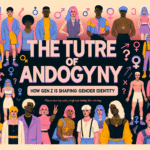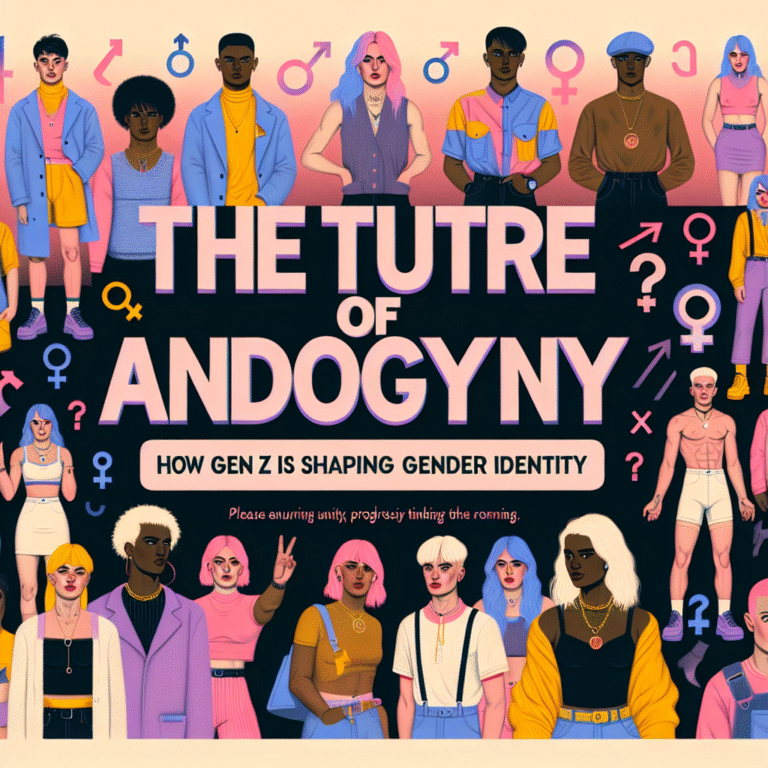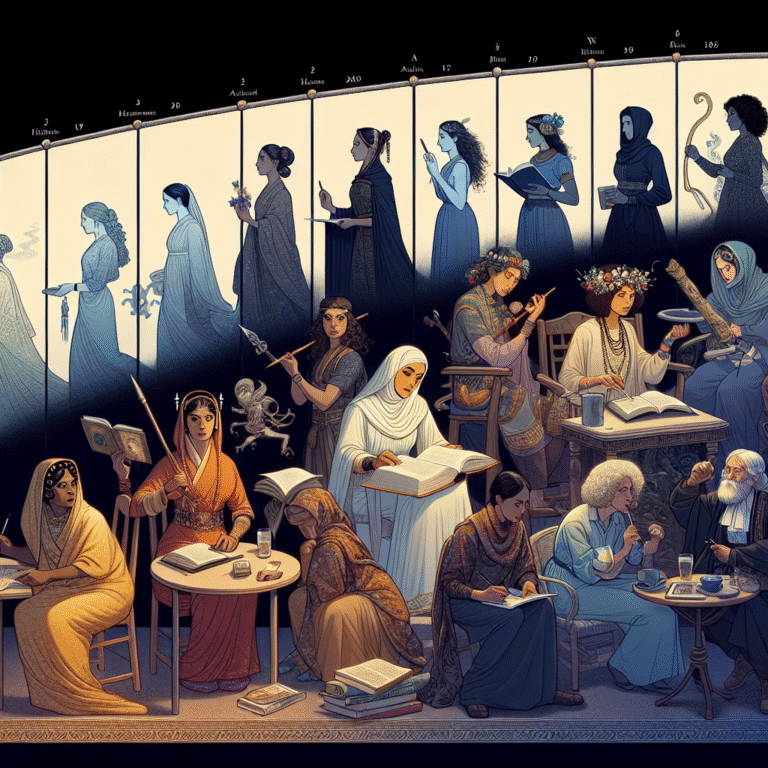Introduction
The feminist movement is often characterized as a linear chronological journey, but in reality, it resembles a complex tapestry woven with diverse threads of struggle, achievement, and solidarity. From the early days of suffrage to today’s multifaceted advocacy for gender equality, feminism’s story is a testament to resilience and change. Understanding this historical progression provides invaluable insights into both our past and our current challenges. In this article, we take an in-depth look at how feminism has evolved, highlighting key milestones that not only shaped women’s rights but also fostered a sense of solidarity among various groups. Join us as we explore From Suffrage to Solidarity: A Historical Look at Feminism’s Milestones.
The Beginnings of Feminism: The Suffrage Movement
A Battle for the Ballot
The suffrage movement serves as the foundation of modern feminism, marking a critical initiation point in women’s fight for equality. In the 19th century, women across the world began advocating for their right to vote, challenging the patriarchal systems that marginalized them.
Case Study: The Seneca Falls Convention (1848)
The Seneca Falls Convention in New York was the first women’s rights convention in the United States. Organized by Lucretia Mott and Elizabeth Cady Stanton, it produced the "Declaration of Sentiments," which demanded equal rights for women. The gathering not only sowed seeds of change but also inspired future generations to fight for gender equality.
| Year | Event | Impact |
|---|---|---|
| 1848 | Seneca Falls Convention | Birth of organized women’s rights movement |
| 1920 | 19th Amendment | Women granted the right to vote in the U.S. |
Milestones in the Suffrage Movement
The struggle for suffrage varied widely across different regions, each with its own set of challenges and successes. In many cases, women of color faced heightened discrimination even within the movement.
Case Study: Women’s Suffrage in the UK
The Representation of the People Act 1918 allowed women over 30 to vote in the UK, while the broader suffrage movement continued to push for equality. This gradual approach highlights the intersectional barriers women faced even within progressive movements.
The Rise of Feminism: Second Wave Movements
Expanding the Battlefield
The second wave of feminism emerged post-World War II, notably during the 1960s, focusing on issues beyond voting rights—such as reproductive rights, workplace equality, and sexual liberation.
Case Study: The Feminine Mystique (1963)
Betty Friedan’s landmark book, The Feminine Mystique, challenged the notion that women’s fulfillment came primarily through homemaking. This book ignited conversations about gender roles and set the stage for social change.
Legal Achievements
The latter half of the 20th century witnessed significant legal milestones that established women’s rights within institutional frameworks.
| Year | Legislation | Description |
|---|---|---|
| 1963 | Equal Pay Act | Prohibits wage discrimination based on gender |
| 1972 | Title IX | Prohibits sex-based discrimination in education |
The Intersectionality of Feminism: Third Wave
Embracing Diversity
The third wave of feminism, beginning in the 1990s, sought to address the limitations of previous waves. Intersectionality became a critical lens through which to examine the varied experiences of women based on race, class, and sexual orientation.
Case Study: Anita Hill Testimony (1991)
Anita Hill’s testimony against Clarence Thomas during his Supreme Court confirmation hearings made visible the pervasive issue of sexual harassment. This highlighted how women’s voices, particularly those from marginalized backgrounds, often go unheard.
Acknowledging Global Perspectives
This period also saw an increasing awareness of women’s issues on a global scale, with movements connecting women across the world, advocating for rights, education, and health.
Solidarity: Feminism’s Future
From Solidarity to Action
The current feminist movement underscores the notion that solidarity is crucial for effective activism. Groups like #MeToo and Time’s Up strive to unite individuals from all backgrounds in the fight for gender equality.
Case Study: #MeToo Movement
Emboldened by social media, the #MeToo movement has been instrumental in giving a voice to survivors of sexual harassment and assault. The collective power demonstrated by this movement illustrates the importance of community solidarity in promoting social justice.
Building Alliances
Modern feminism emphasizes coalition-building, recognizing that the fight for gender equality is interconnected with other social justice movements—such as those advocating for racial justice, LGBTQ+ rights, and environmental sustainability.
Measuring Impact
As we analyze the effectiveness of these contemporary movements, it’s useful to reflect on the organizational structures that support them—demonstrating the growth of decentralized, grassroots activism in contrast to earlier, more hierarchical structures.
| Movement | Key Focus | Impact |
|---|---|---|
| #MeToo | Sexual harassment and discrimination | Changed societal norms around accountability |
| Time’s Up | Workplace protection and equity | Created initiatives to support women in the workplace |
Conclusion
From suffrage to solidarity, the feminist movement has undergone transformative changes, adapting to meet the needs of women from all walks of life. Understanding the historical milestones of feminism enriches our perspective on current challenges, enhancing our ability to advocate for change. The journey is far from over; future achievements will depend on collective action and unwavering solidarity.
As we move forward, let’s remember: feminism is not just about the rights of women but the pursuit of justice for all marginalized groups. Let us engage in meaningful discussions and actions that uplift and honor every voice.
FAQs
1. What is the significance of suffrage in the feminist movement?
Suffrage was the first major milestone, as it symbolized women’s recognition as equal participants in society. It laid the groundwork for future advocacy for broader rights.
2. How does intersectionality impact feminism today?
Intersectionality emphasizes that women experience oppression differently based on race, class, and other identities. This perspective is crucial for understanding and addressing inequalities within the movement.
3. What role does solidarity play in contemporary feminism?
Solidarity fosters collaboration among diverse groups who share similar struggles. This unity amplifies voices and creates stronger movements for social change.
4. How can individuals contribute to the feminist movement today?
Individuals can support feminist causes by educating themselves, participating in activism, and holding themselves and others accountable for gender equality in various aspects of life.
5. Why is it important to learn about feminism’s history?
Understanding feminism’s history allows us to recognize the struggles and achievements of those who fought for equality before us, inspiring current and future actions toward a more inclusive society.
This comprehensive exploration of From Suffrage to Solidarity: A Historical Look at Feminism’s Milestones invites readers to rethink their engagement with women’s rights and motivates all of us to aspire toward a more equitable world.
















